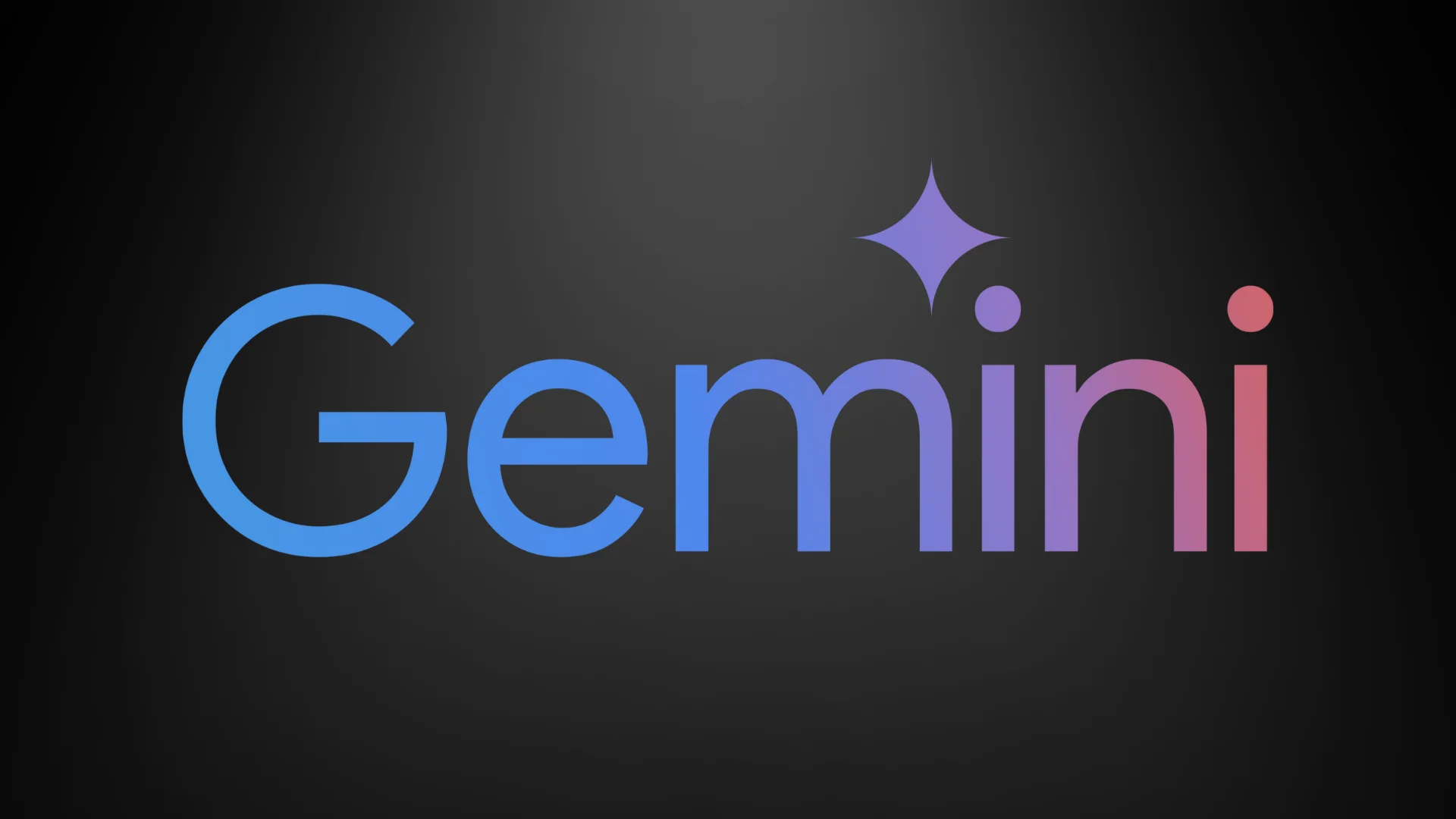Image by Author
Anthropic has recently introduced a new series of AI models that have surpassed both GPT-4 and Gemini in benchmark assessments. With the AI industry expanding rapidly, the Claude 3 models are emerging as the next big thing in Large Language Models (LLMs). This blog post delves into the performance benchmarks of Claude 3 models and introduces the new Python API supporting simple, asynchronous, and streaming response generation, along with enhanced vision capabilities.
Claude 3 represents a significant advancement in AI technology, surpassing state-of-the-art language models on various evaluation benchmarks like MMLU, GPQA, and GSM8K, showcasing near-human levels of comprehension and fluency in complex tasks. The Claude 3 models, available in three variants – Haiku, Sonnet, and Opus, each offer unique capabilities and strengths. Haiku, being the fastest and most cost-effective model, can read and process information-dense research papers in under three seconds. Sonnet is 2x faster than Claude 2 and 2.1, excelling in tasks requiring rapid responses such as knowledge retrieval or sales automation. Opus, while delivering similar speeds to Claude 2 and 2.1, exhibits significantly higher levels of intelligence. According to the data presented, Claude 3 Opus outperforms GPT-4 and Gemini Ultra in all LLM benchmarks, establishing itself as the new leader in the AI domain.
One of the notable enhancements in the Claude 3 models is their robust vision capabilities, enabling the processing of various visual formats like photos, charts, graphs, and technical diagrams.
To begin using the latest model, visit the Anthropic website at https://www.anthropic.com/claude and create a new account. The process is straightforward compared to the OpenAI playground.
Before installing the Python Package, obtain the API key from https://console.anthropic.com/dashboard. You can set the `ANTHROPIC_API_KEY` environment variable to simplify creating the client object. Install the `anthropic` Python package using PIP and create the client object with the API key for text generation, access to vision capability, and streaming.
The blog post continues to explore different ways to interact with the Claude 3 models using Python, including synchronous and asynchronous APIs, as well as response streaming. It also demonstrates how to utilize vision capabilities by providing base64-encoded images to the messages API for generating responses related to the images.
In conclusion, the Claude 3 models, particularly Opus, show great promise in the AI landscape, offering advanced capabilities and potential for various applications. While it may not be as fast as GPT-4 and Gemini, paid users may benefit from enhanced speeds. Overall, Claude 3 presents a compelling option in the realm of Large Language Models.
Source link






















